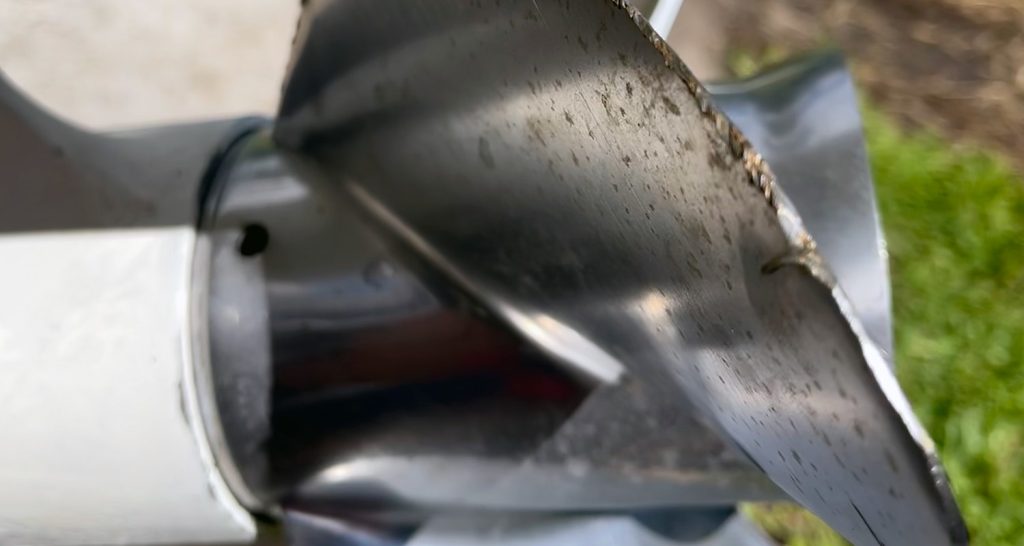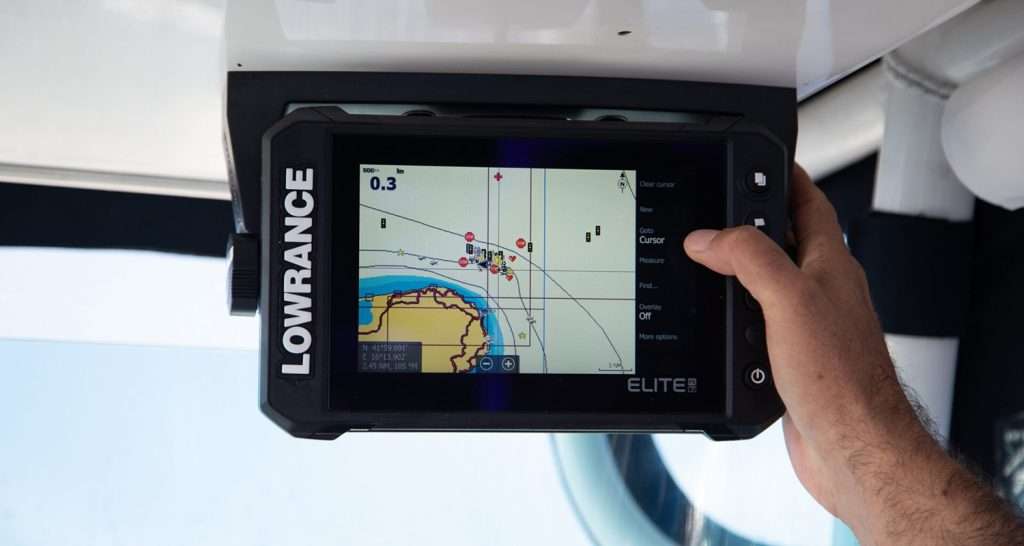A nicked and scratched boat propeller blade can lead to decreased performance, increased fuel consumption, and potential engine damage. However, with the right tools and techniques, you can repair minor damage and restore the propeller's functionality.
Let's review the process of repairing a nicked and scratched boat propeller blade using a file, allowing you to save money and prolong the life of your propeller.
Materials Needed:
- Safety goggles
- gloves
- File (preferably a fine-toothed, flat file)
- Sandpaper (medium and fine grit)
- Cleaning brush
- Marker or chalk
- Rust inhibitor or marine-grade paint (optional)
Step 1: Ensure Safety Precautions
Before beginning any repair work, always prioritize your safety. Wear safety goggles and gloves to protect your eyes and hands throughout the process. Shop safety goggles and gloves to ensure you're well-protected.
Step 2: Remove the Propeller
Start by removing the propeller from the boat's drive unit. Refer to your boat's manual or consult a professional if you are unsure how to do this properly. Find boat propeller tools for the job if needed.
Step 3: Inspect the Blade
Carefully examine the propeller blade for any nicks, dents, or scratches. Mark these damaged areas using a marker or chalk, as it will help you track your progress during the repair process. Shop marker or chalk to help with your repairs.
Step 4: File the Nicks and Scratches
Using a fine-toothed, flat file, gently file down the nicks and scratches on the blade. Maintain a consistent angle and apply even pressure while filing. Work slowly and methodically to remove only the damaged material, avoiding excessive removal that could affect the blade's balance. For optimal results, use flat files to ensure precision.
Step 5: Sand the Blade
After filing, smooth the surface of the blade with medium and fine-grit sandpaper. This will help remove any remaining rough spots and prepare the surface for painting if needed. Shop sandpaper for your sanding needs.
Step 6: Clean and Inspect
Use a cleaning brush to remove any dust or debris from the propeller blade. Inspect the blade again to ensure all damage has been addressed and the surface is smooth. If necessary, apply a rust inhibitor or marine-grade paint to protect the propeller from future damage. Find rust inhibitors to help maintain your propeller's condition.
Step 7: Reinstall the Propeller
Reinstall the propeller onto the boat's drive unit, following the manufacturer's instructions. Ensure it is secured properly before testing the boat. Find propeller installation tools if you need additional equipment.
By following these steps, you can effectively repair minor damage to your boat propeller blade and improve its performance. Regular maintenance and timely repairs will help ensure a smoother, more efficient boating experience.





